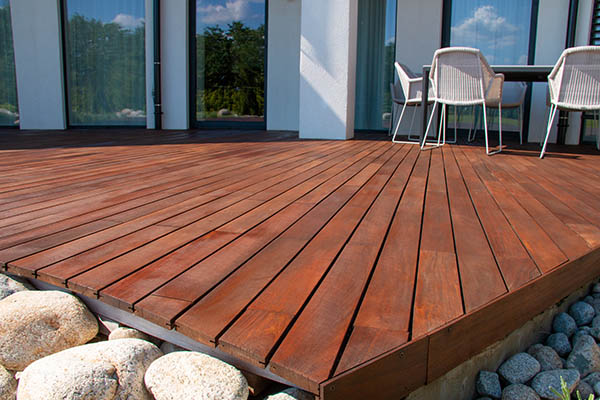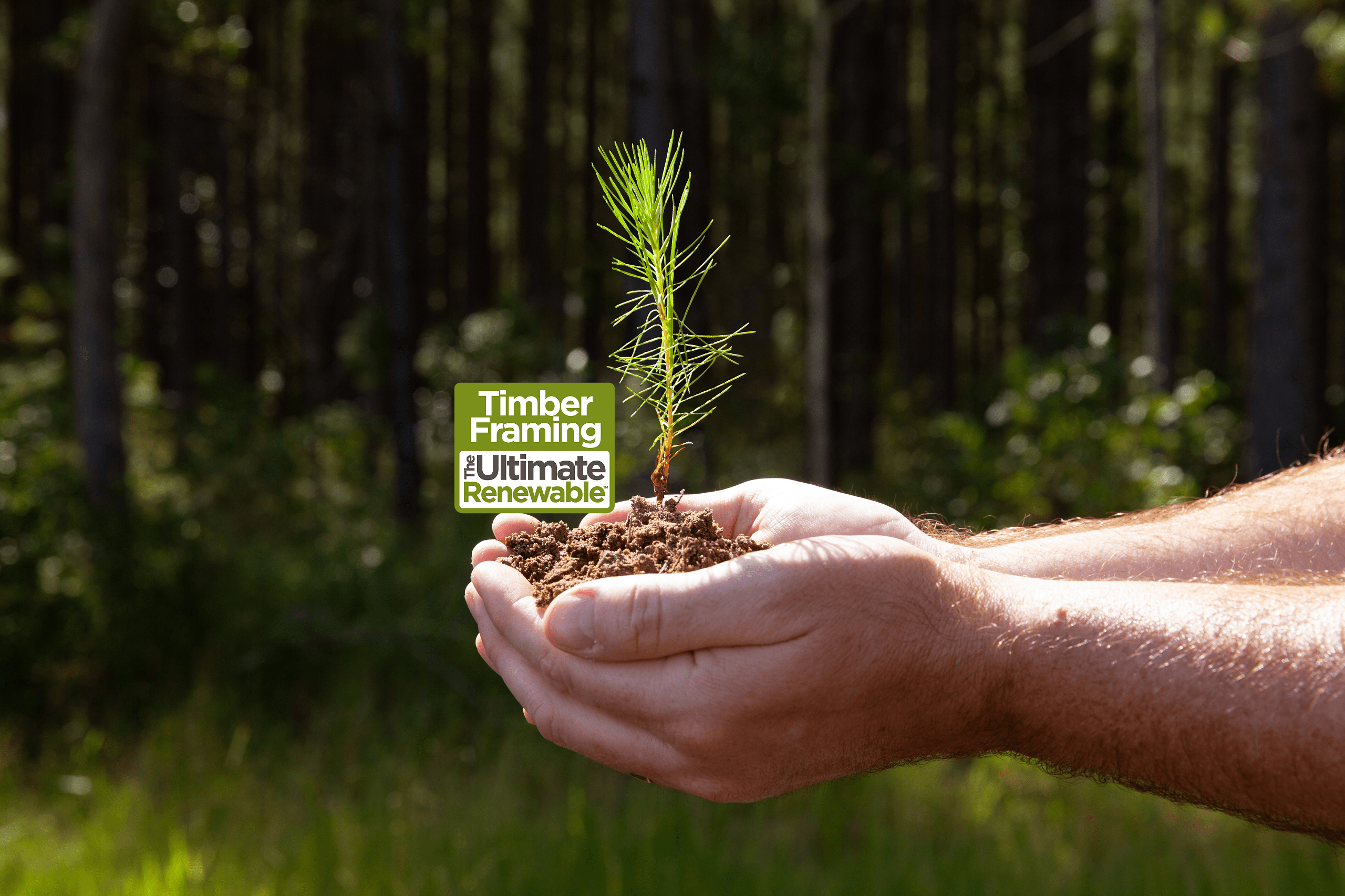Timber is an economical building material with excellent properties for outdoor products and structures. Timber is preferred for its durability and natural appearance, depending on the type/grade. Although most timber wood decking is naturally prone to some disadvantages, they can easily be made into benefits by using modern solutions that make Timber a popular material for outdoor structures or products.
After describing the benefits and drawbacks of Timber as an outdoor structure, we will continue to discuss how you can turn these disadvantages into advantages that give Timber an edge over other materials when building long-lasting, high-quality systems. Get in touch with us!

It is readily available
Timber provided by Asia Timber House is a naturally occurring material used for construction and building. Timber is readily available and easily obtained from any engineered timber flooring supplier in Malaysia.
It is safe
Timber is safe because it comes from a natural resource. It is safe to use and will not cause any environmental damage even as it ages. It can be reused or recycled safely and maximizes the Green Star Energy rating. These timbers are often sustainably harvested or endorsed to ensure a long life span.
It is easy to do
Because of its lightness, density, and grain structure, highly-developed machinery is developed to cut, drill, and prepare Timber to the desired size and shape. Hardwood timbers can be used in a similar way to steel.
It is also cost-effective
Wood wall panels are a cost-effective alternative to many materials. It has fewer steps than other building materials and therefore costs less to produce.
It is versatile and visually appealing
Timber comes in many grades and species, which gives it a wide range of uses and appeals. Outdoor structures are often built with structural and visual grade timbers.
It is naturally anti-corrosive
Timber is not like steel or other high-use building materials. It does not corrode in salty air or heavy industrial environments.
Renewable, Recyclable, and Natural
One of the most renewable and natural building materials is Timber. Timber will always be available because of the cyclical nature of timber harvesting and regeneration. Each tree cut down can be replaced by up to ten trees. The cycle of a renewable resource begins all over again. The wood ceiling panel is a natural resource and therefore is non-toxic. It is safe to touch and handle.
In keeping with their environmental commitments, Timber’s treatments are all organic, keeping Timber environmentally friendly.

Carbon positive
Timber has a higher net environmental impact than other building materials like concrete, steel, and aluminum. It is the only building material that can contribute to the long-term reduction of carbon emissions, positively addressing climate change.
Carbon is a primary building block for all living organisms on Earth. As forests grow, carbon dioxide is absorbed by the trees and stored in their trunks, leaves, and branches. Carbon makes up approximately half of the dry weight of a live tree. It is reserved for the tree’s entire life and kept in place throughout timber production.
Low-energy Production
Timber manufacturing uses less fossil fuel per volume than steel, concrete, or aluminum, reducing pollution. One cubic meter of wood from the wooden door supplier can be used to build a house instead of concrete, blocks, bricks, or other construction materials, reducing 0.75 to 1 tonne of CO2 emissions. Click here for more info!